The 40 Best Bamboo Species for Commercial Farming
Bamboo is becoming increasingly popular as a commercial crop. For centuries, it has played a crucial role in rural economies, serving as a material for construction, household items, farming tools, and even as a food source. Today, the value of bamboo as an industrial raw material is widely recognized. Its rapid growth makes it one of the fastest natural sources of wood-like biomass. This, coupled with its renewable and sustainable nature, has sparked a growing interest in utilizing bamboo for various applications, replacing conventional materials such as timber, steel, and plastic.
Industrial Uses of Bamboo
Structural Engineered Bamboo - by ReNüTeq
Bamboo finds its application in various forms, including whole culms, splits, and strips, which are used in house construction, furniture making, or in engineered bamboo products like laminates, particle boards, and bamboo lumber. Additionally, raw bamboo biomass is utilized for second-generation biofuels, valuable chemical by-products, and as a feedstock for paper pulp production or viscose (rayon).
The Environmental Impact of Bamboo
Bamboo plantations have a positive environmental impact, sequestering carbon both in aboveground biomass (culms, branches, and litter) and below the ground (rhizomes, roots, and soil). By converting bamboo into long-lasting products, it can act as a carbon sink.
Bamboo has also been utilized as a tool for forest landscape restoration and has proven effective in improving soil properties, stabilizing slopes, riverbanks, and areas prone to erosion. The root zone treatment technology, where bamboo's extensive root system supports aerobic bacteria, has also shown promise for commercial wastewater treatment.
The Importance of Commercial Bamboo Cultivation
1 year old Guadua Bamboo Plantation at our Farm in Colombia
Traditionally, bamboo has been harvested on a small scale from forests and homesteads without the appropriate management or maintenance of the available bamboo resources. Collecting bamboo from forests, however, is no longer sustainable, as it leads to ecosystem degradation and a decline in genetic material. To ensure a sustained supply of bamboo for emerging industrial uses, cultivation in plantations, agroforestry systems, and homesteads is the most viable solution.
Given the diversity of bamboo species (1821), and the range of climatic conditions suitable for their cultivation across different regions worldwide, it is possible to increase the global bamboo supply. This includes areas where bamboo does not naturally grow but possess favorable climatic and other conditions for its growth.
Selecting the Right Bamboo Species
Solid Bamboo Poles - Dendrocalamus strictus
Modern industrial applications require considerably higher volumes of raw bamboo material compared to traditional practices. In determining which bamboo species to prioritize, the main focus is on their potential for large-scale cultivation and the ability to process them into a range of specific products. Culm dimensions, physical attributes, chemical composition, and mechanical properties differ among bamboo species, meaning that some applications are better suited for certain species.
Fortunately, a wealth of new information and research on bamboo has become available through scientific journals and technical reports during the past two decades. Having access to reliable data regarding morphological, climatic, and physicochemical parameters is essential for selecting the most suitable bamboo species.
The list below presents 40 of best bamboo species for large scale cultivation. These species have been selected based on their established and emerging uses across different product categories. Priority should be given to native bamboo species that fulfill the required end-use criteria. Native species adapt better to local climates and soil conditions, and sourcing planting material is usually easier.
The 40 Best Bamboo Species for Large Scale Cultivation
| Bamboo Species | Construction | Vegetable | Fodder | Mass Timber | Pulping | Biofuel |
|---|---|---|---|---|---|---|
| Bambusa balcooa | ||||||
| Bambusa bambos | ||||||
| Bambusa nutans | ||||||
| Bambusa oldhamii | ||||||
| Bambusa polymorpha | ||||||
| Bambusa spinosa | ||||||
| Bambusa textilis | ||||||
| Bambusa tulda | ||||||
| Bambusa vulgaris | ||||||
| Dendrocalamus asper | ||||||
| Dendrocalamus barbatus | ||||||
| Dendrocalamus brandisii | ||||||
| Dendrocalamus giganteus | ||||||
| Dendrocalamus hamiltonii | ||||||
| Dendrocalamus latiflorus | ||||||
| Dendrocalamus longispathus | ||||||
| Dendrocalamus membranaceus | ||||||
| Dendrocalamus sikkimensis | ||||||
| Dendrocalamus strictus | ||||||
| Gigantochloa apus | ||||||
| Gigantochloa atroviolacea | ||||||
| Gigantochloa atter | ||||||
| Gigantochloa levis | ||||||
| Gigantochloa scortechinii | ||||||
| Gigantochloa verticillata | ||||||
| Guadua aculeata | ||||||
| Guadua amplexifolia | ||||||
| Guadua angustifolia | ||||||
| Guadua chacoensis | ||||||
| Melocanna baccifera | ||||||
| Ochlandra travancorica | ||||||
| Oldeania alpina | ||||||
| Oxytenanthera abyssinica | ||||||
| Phyllostachys aurea | ||||||
| Phyllostachys edulis | ||||||
| Phyllostachys reticulata | ||||||
| Pseudoxytenanthera stocksii | ||||||
| Schizostachyum pergracile | ||||||
| Thyrsostachys oliveri | ||||||
| Thyrsostachys siamensis |
Source: INBAR & IPGRI: Priority species of bamboo and rattan.
Legend:
Construction = Structures or products made with whole round poles, slats, or mats. This includes, furniture, handicrafts, fencing,…
Vegetable = Food source for humans.
Fodder= Food source for animals.
Mass Timber = Products that involve engineered bamboo boards or beams. This includes, veneers, plyboo, particleboards,…
Pulping = Bamboo pulp can be used for either paper or textile production.
Biofuel = Product such as bamboo charcoal, pellets, bioethanol,…




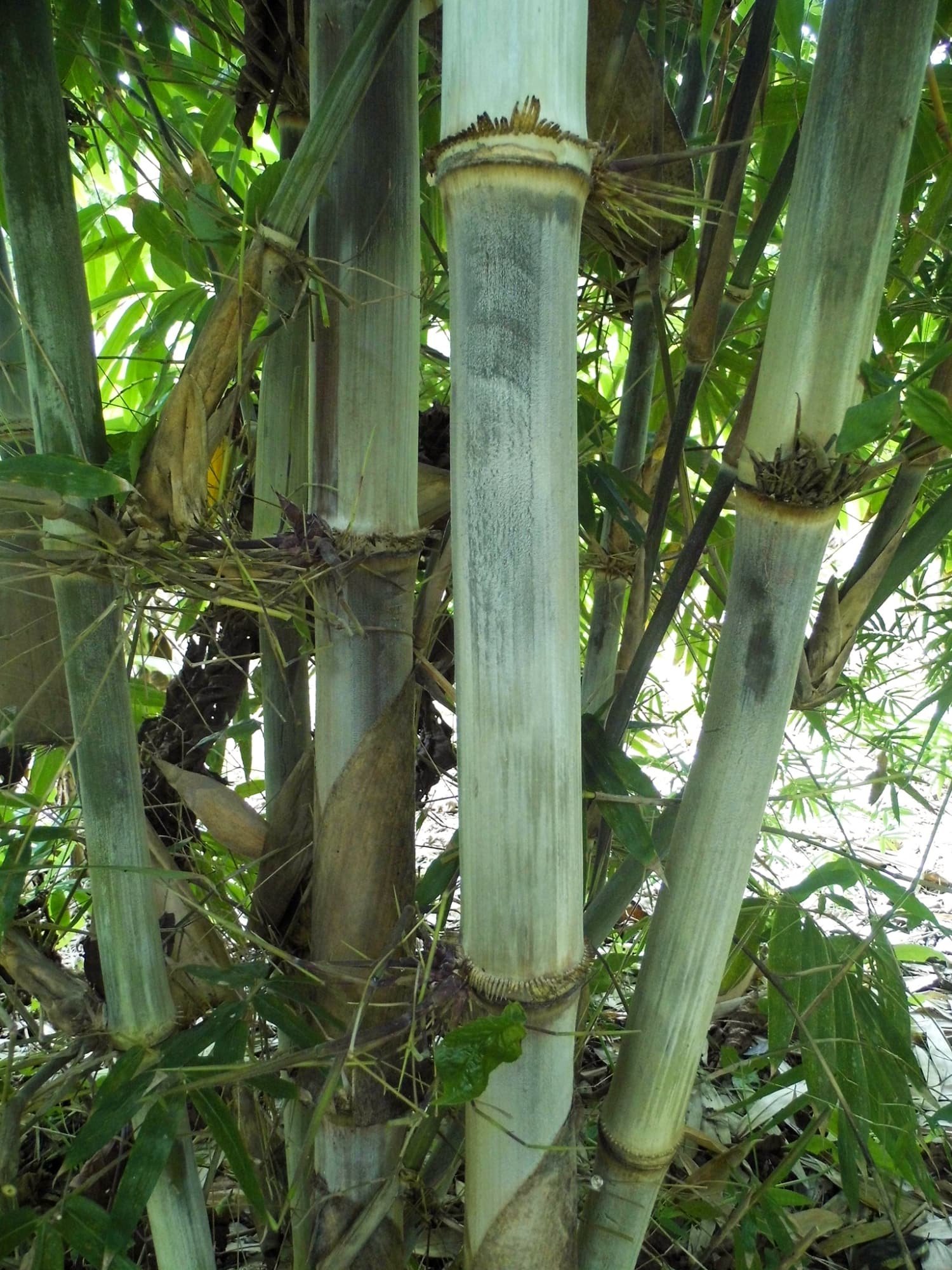


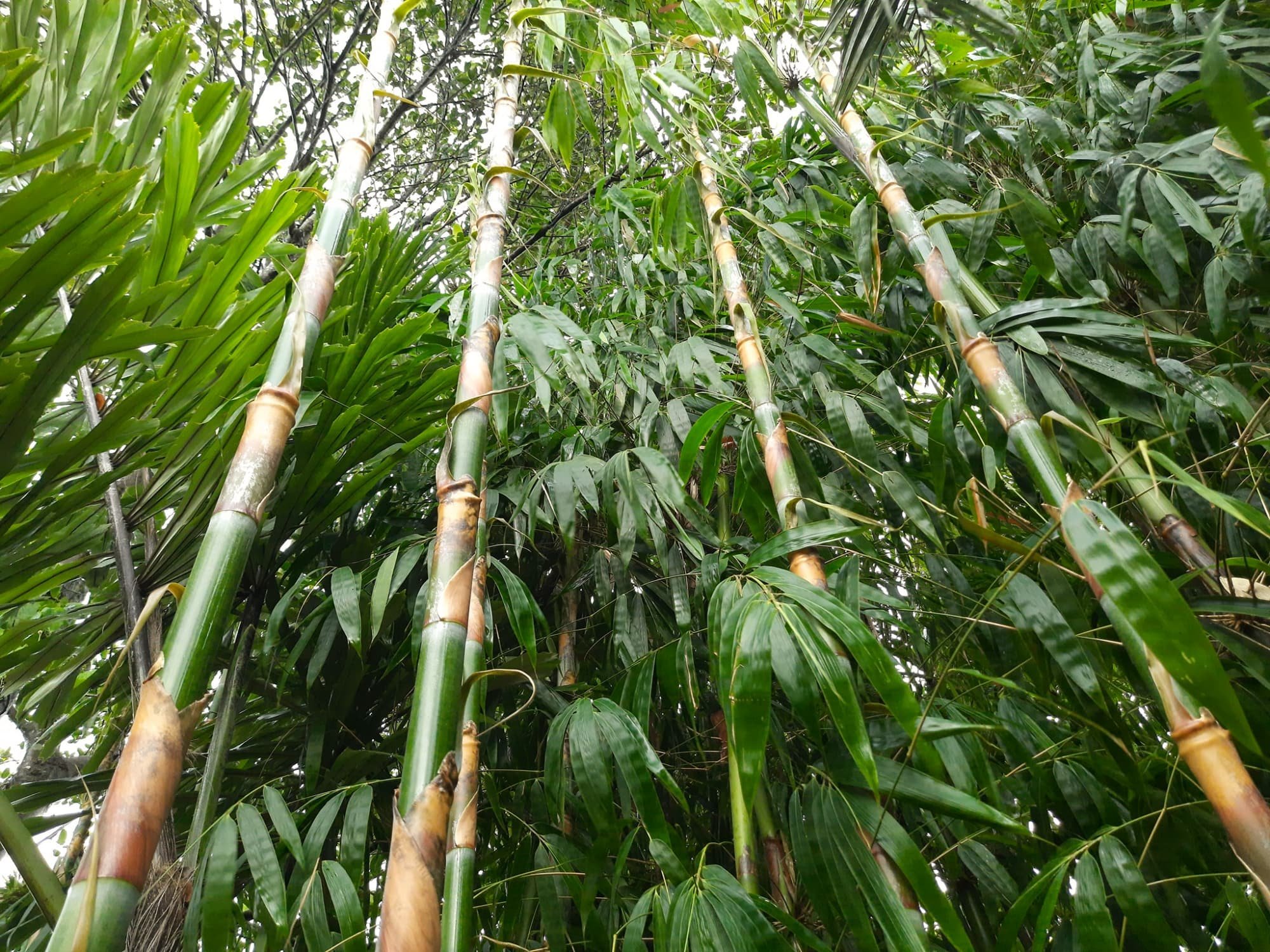
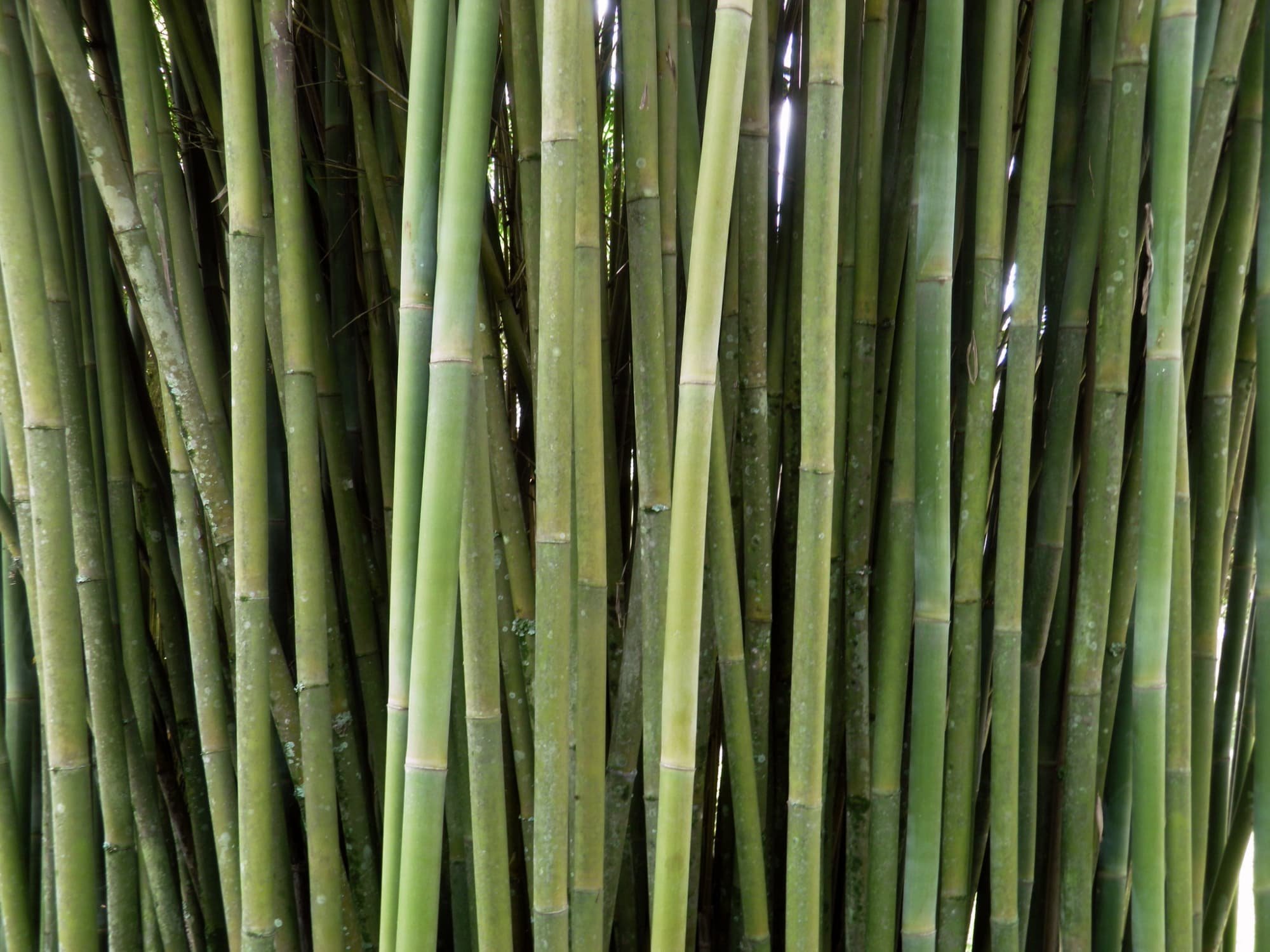
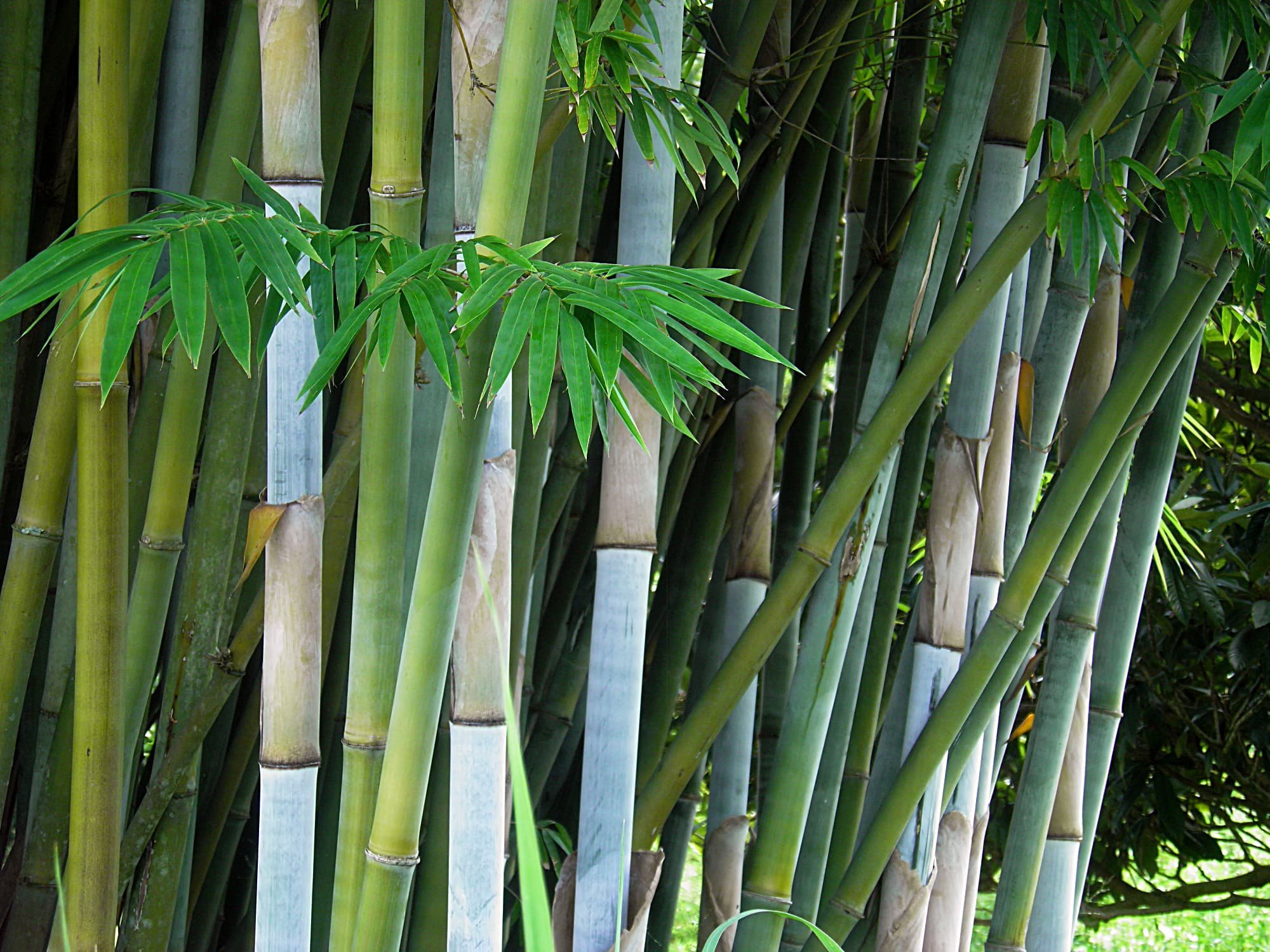
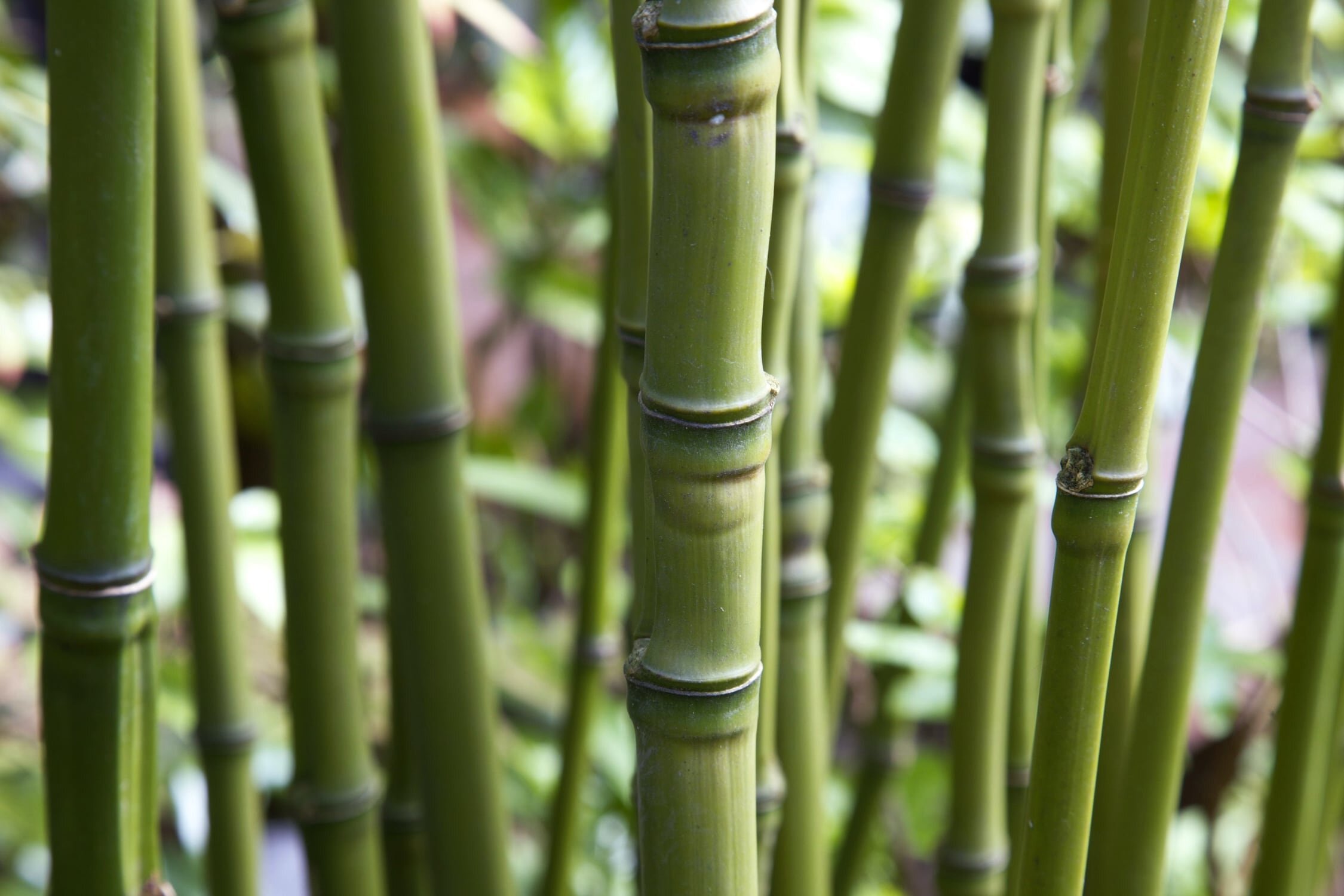
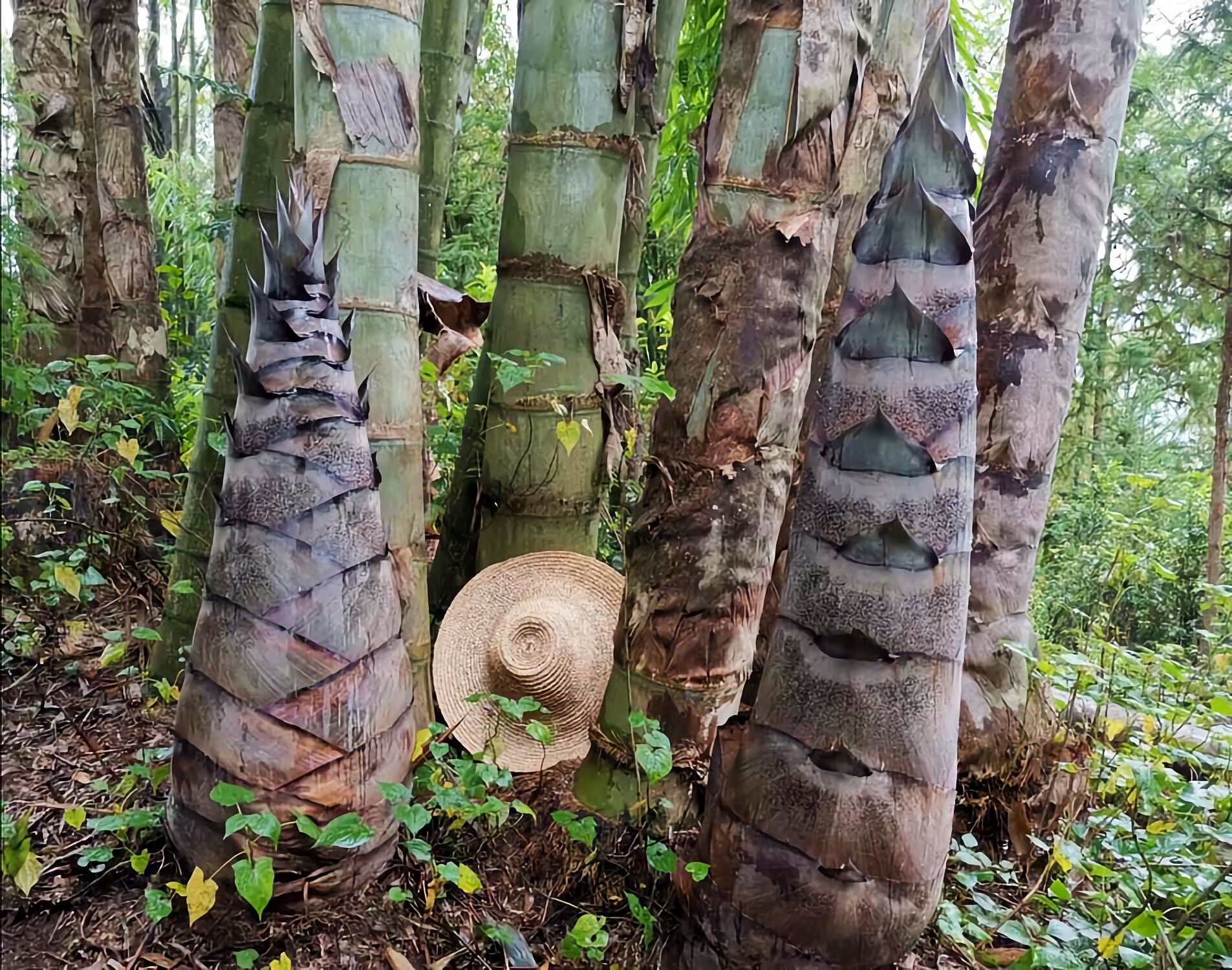
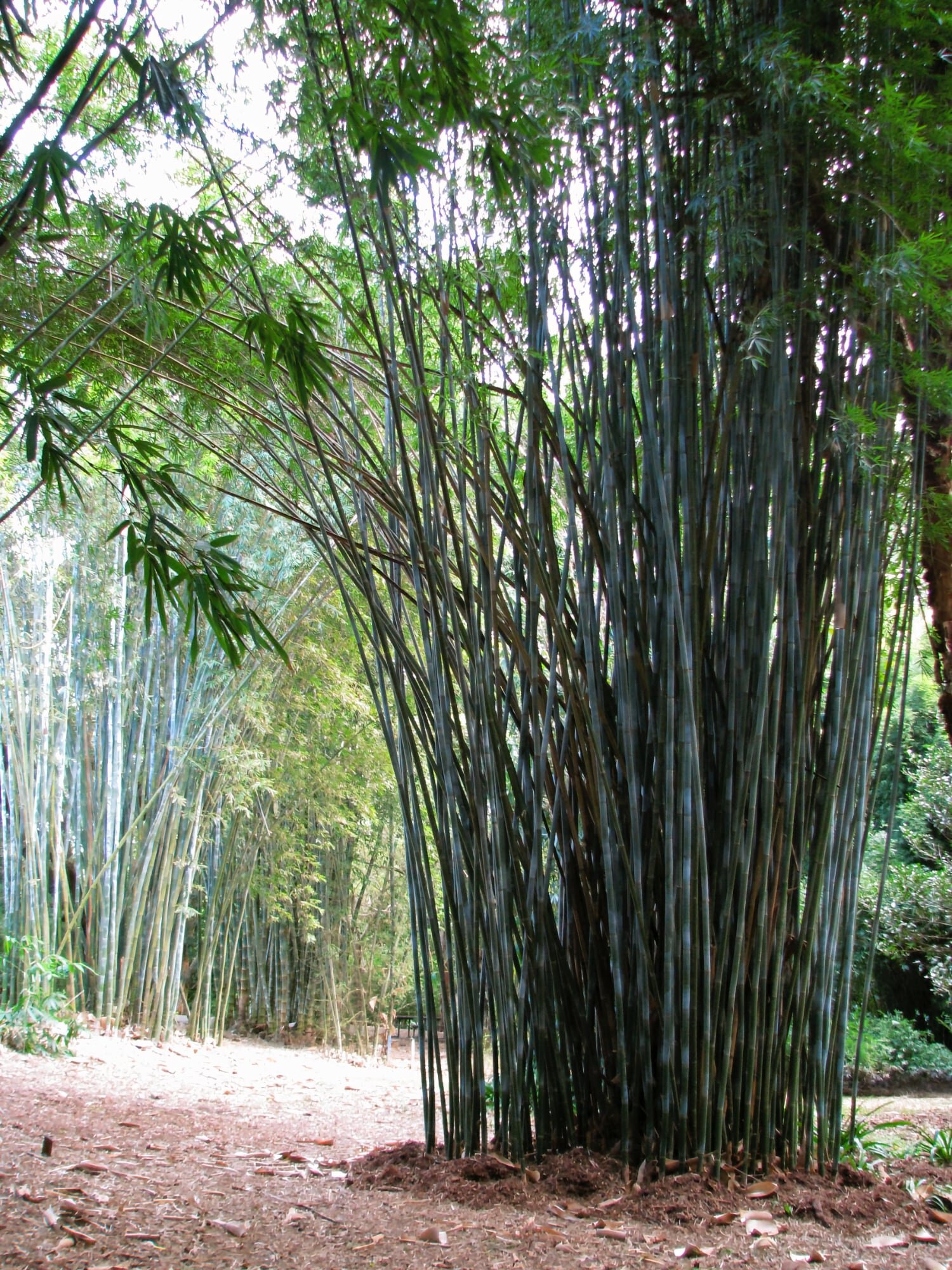
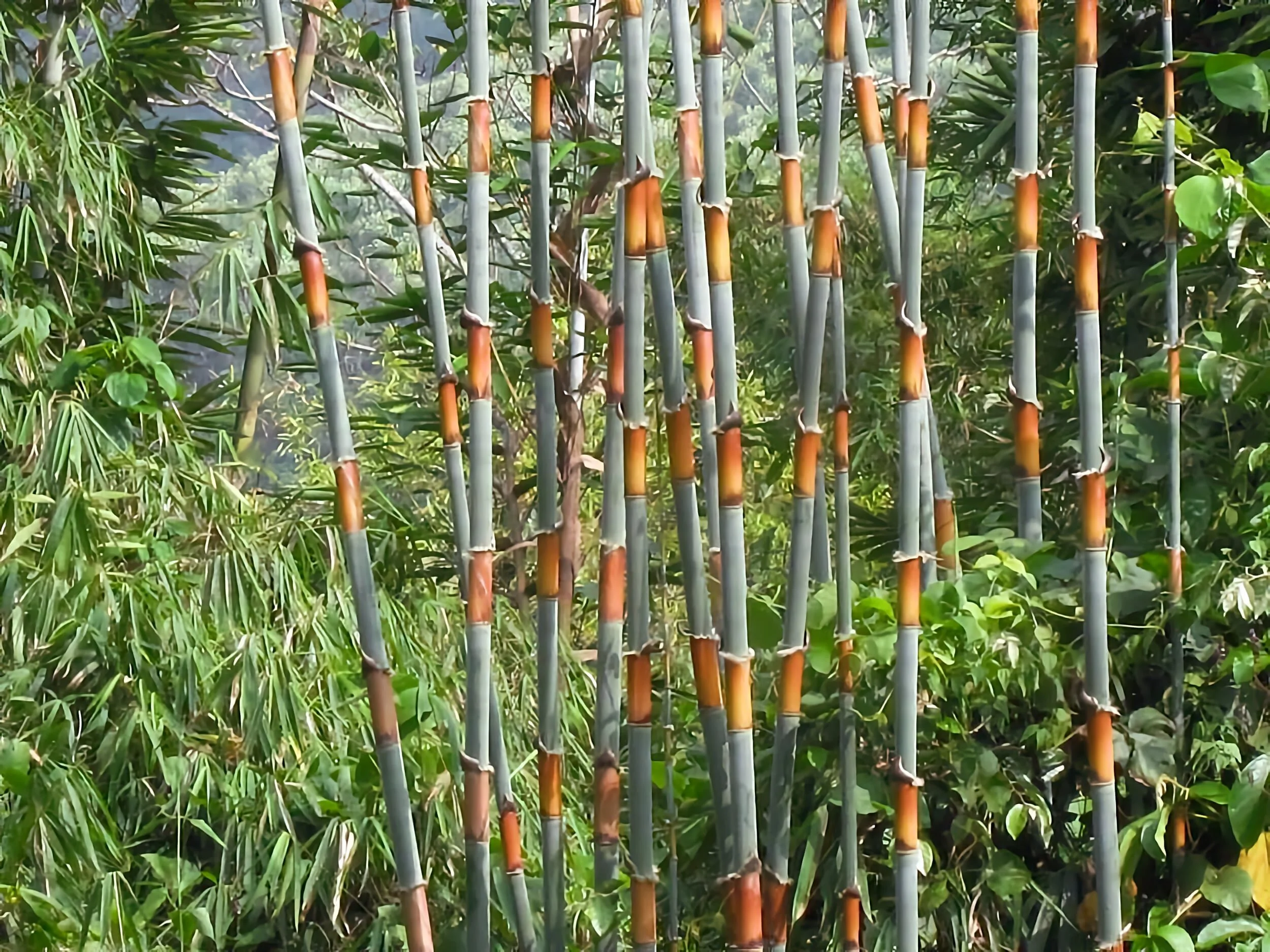
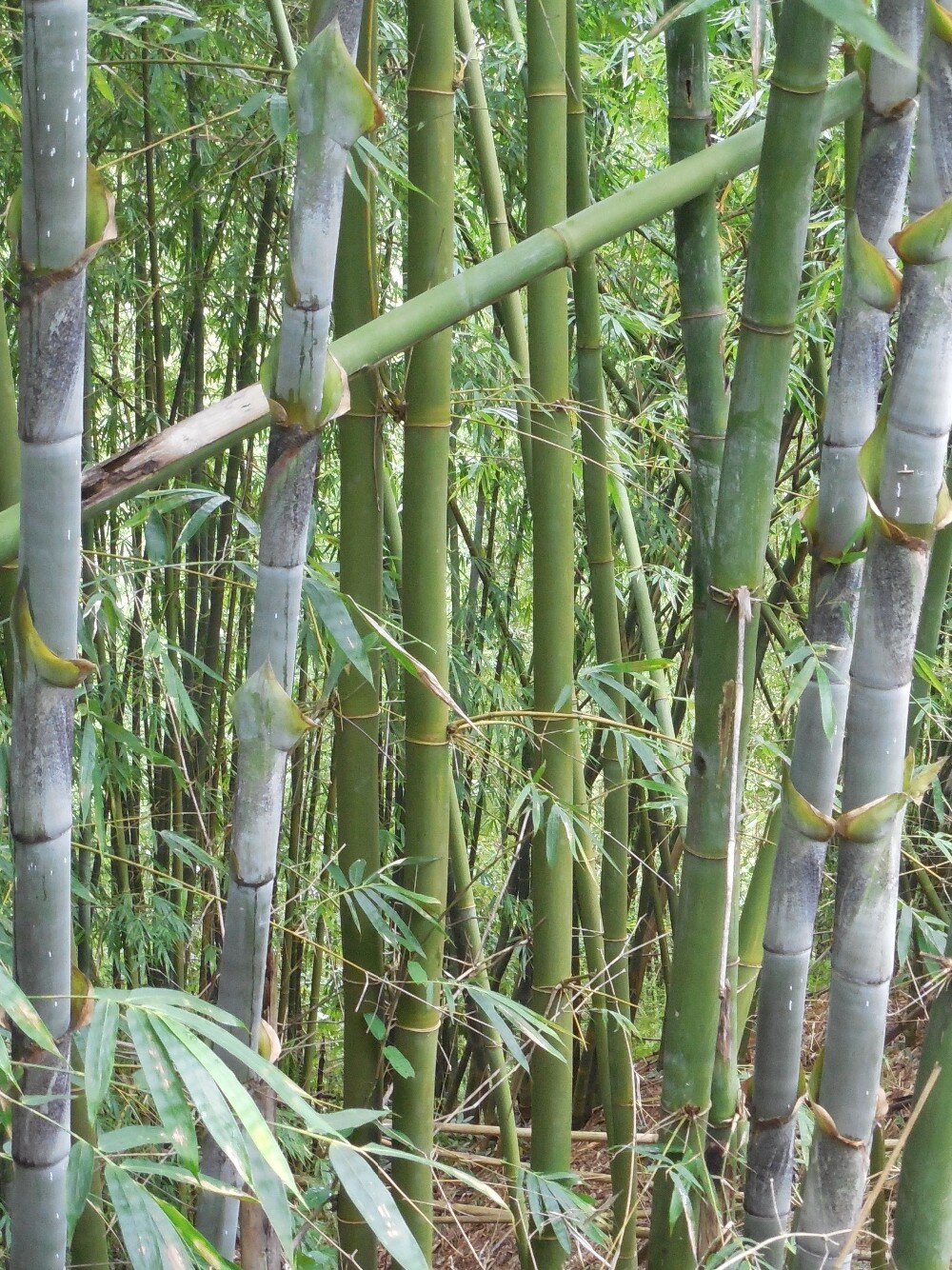
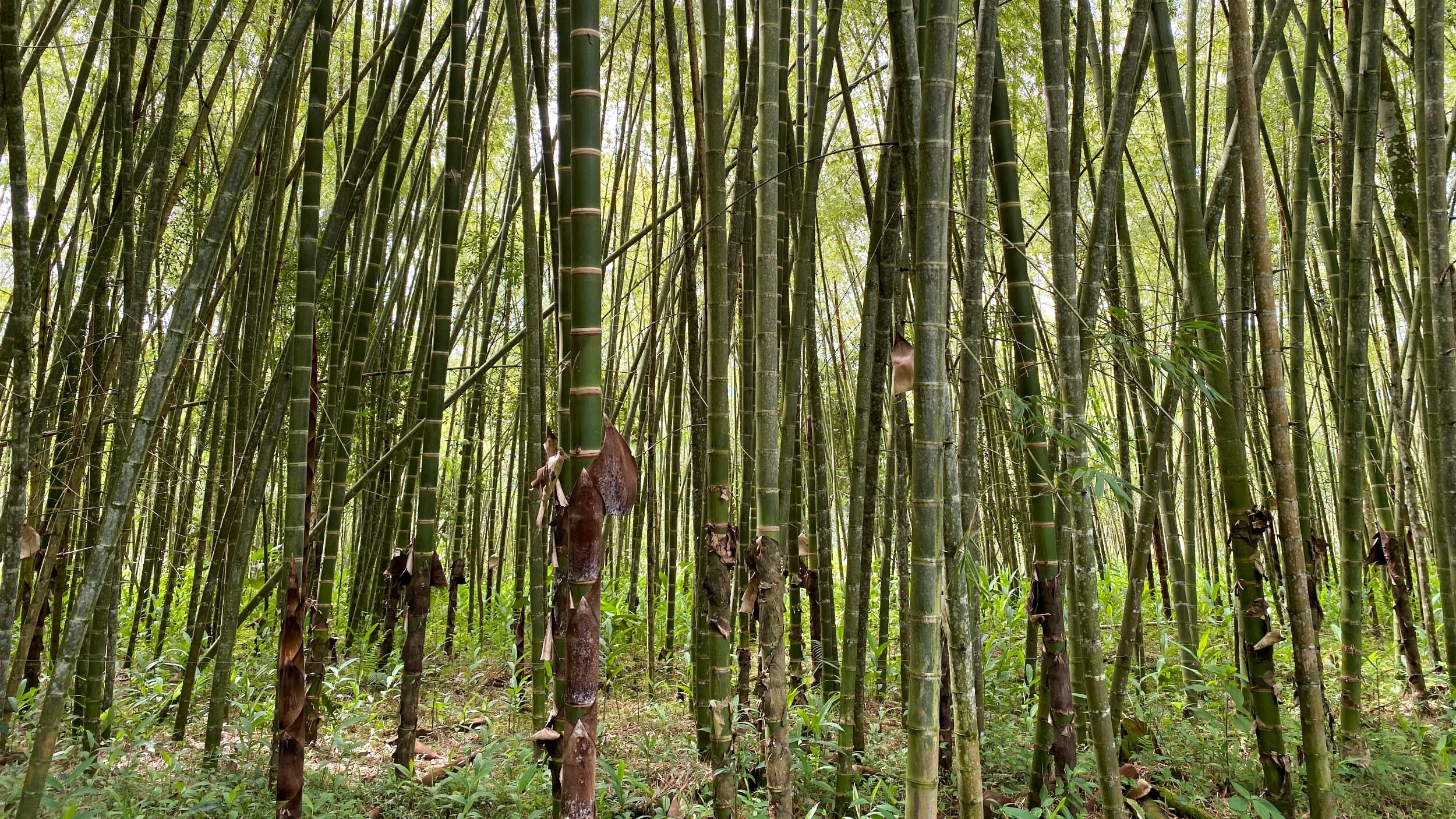
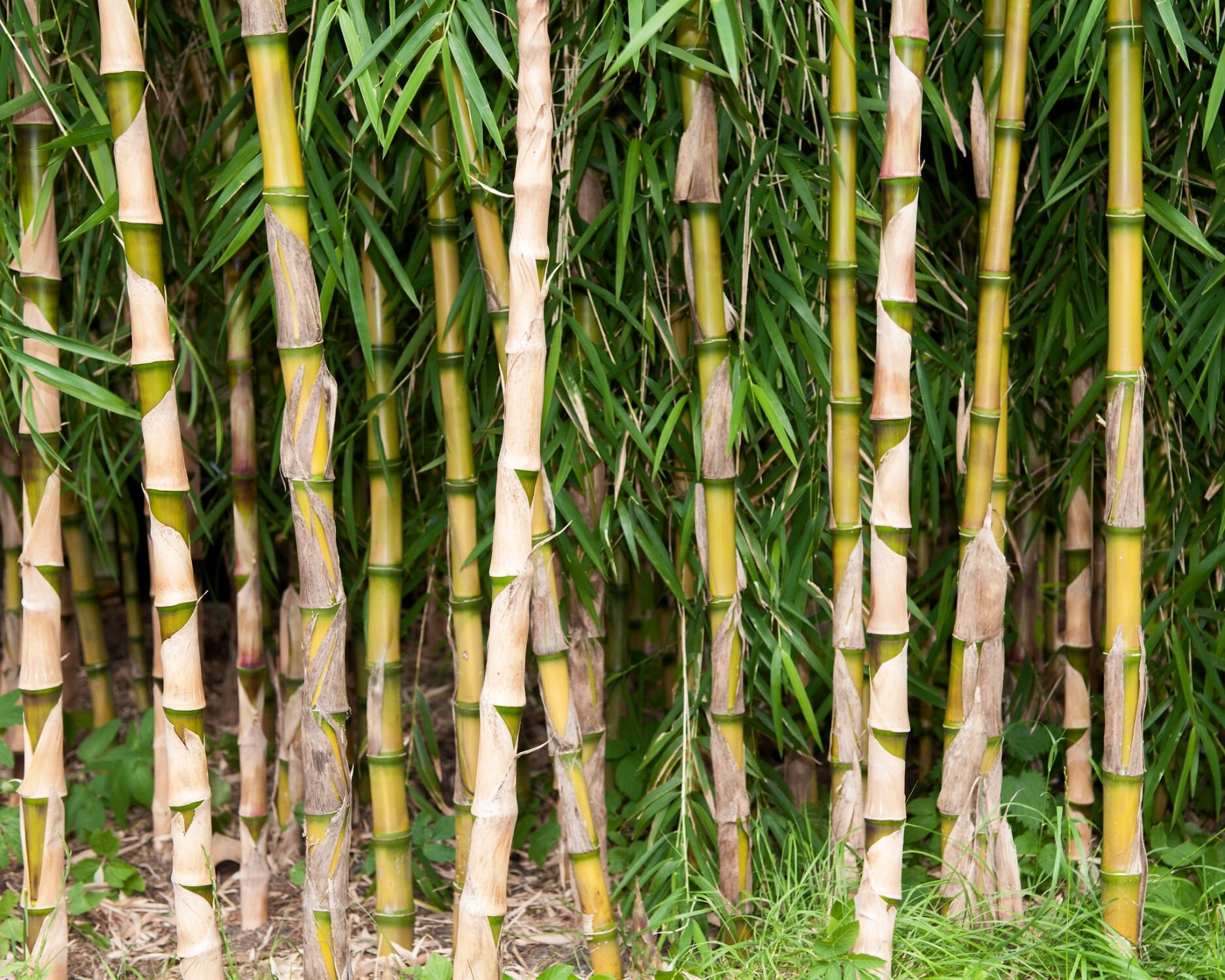
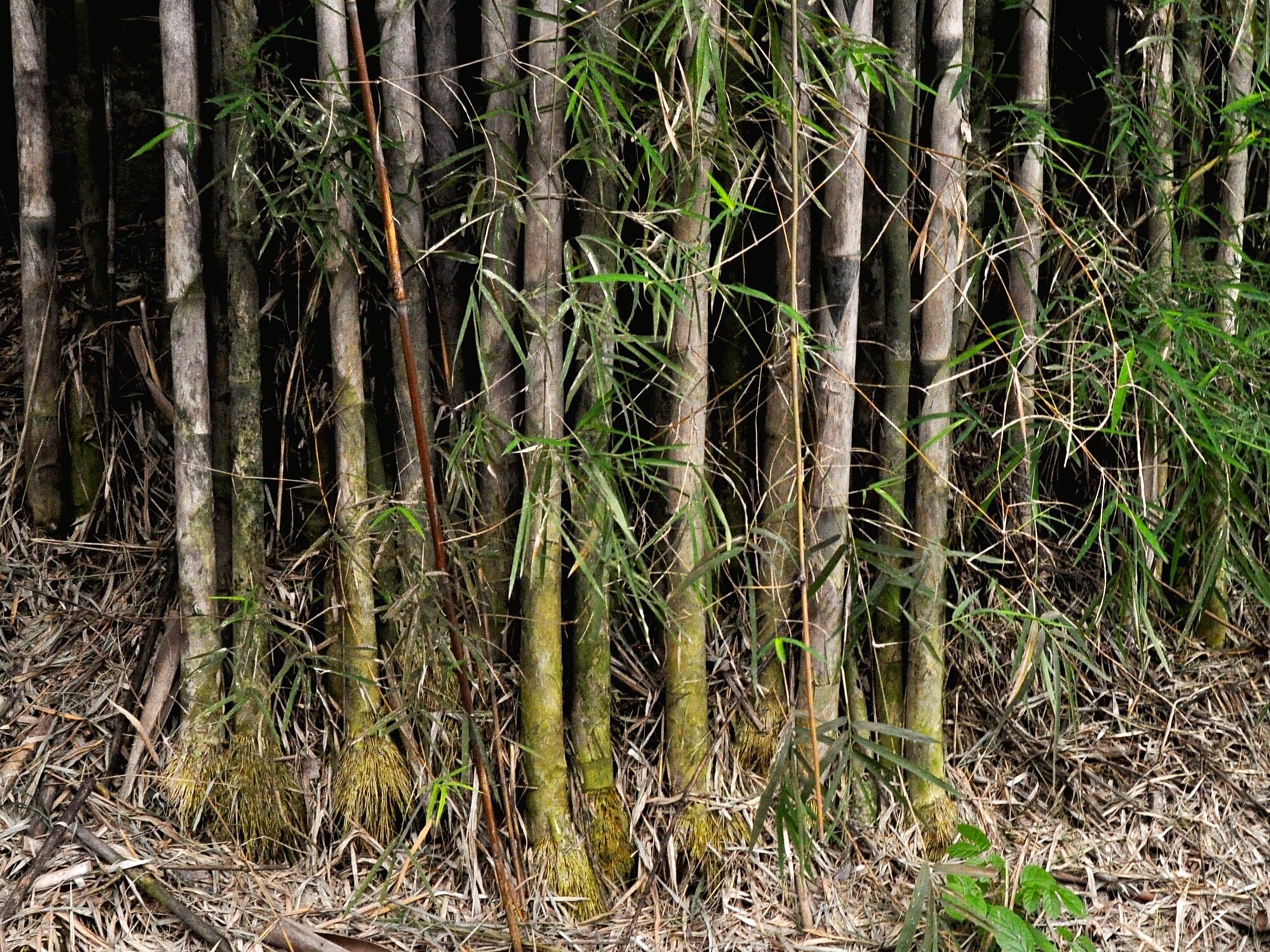
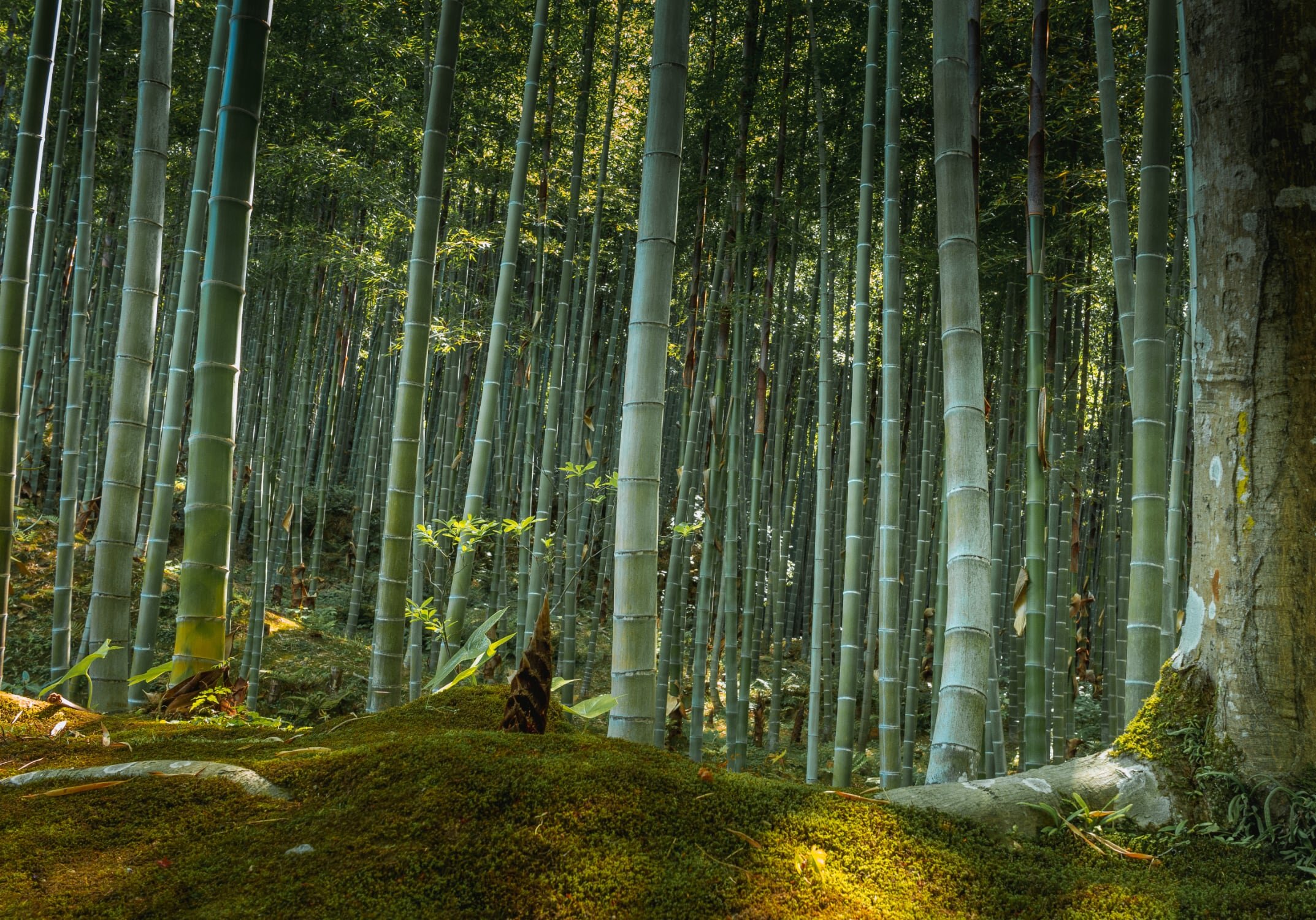
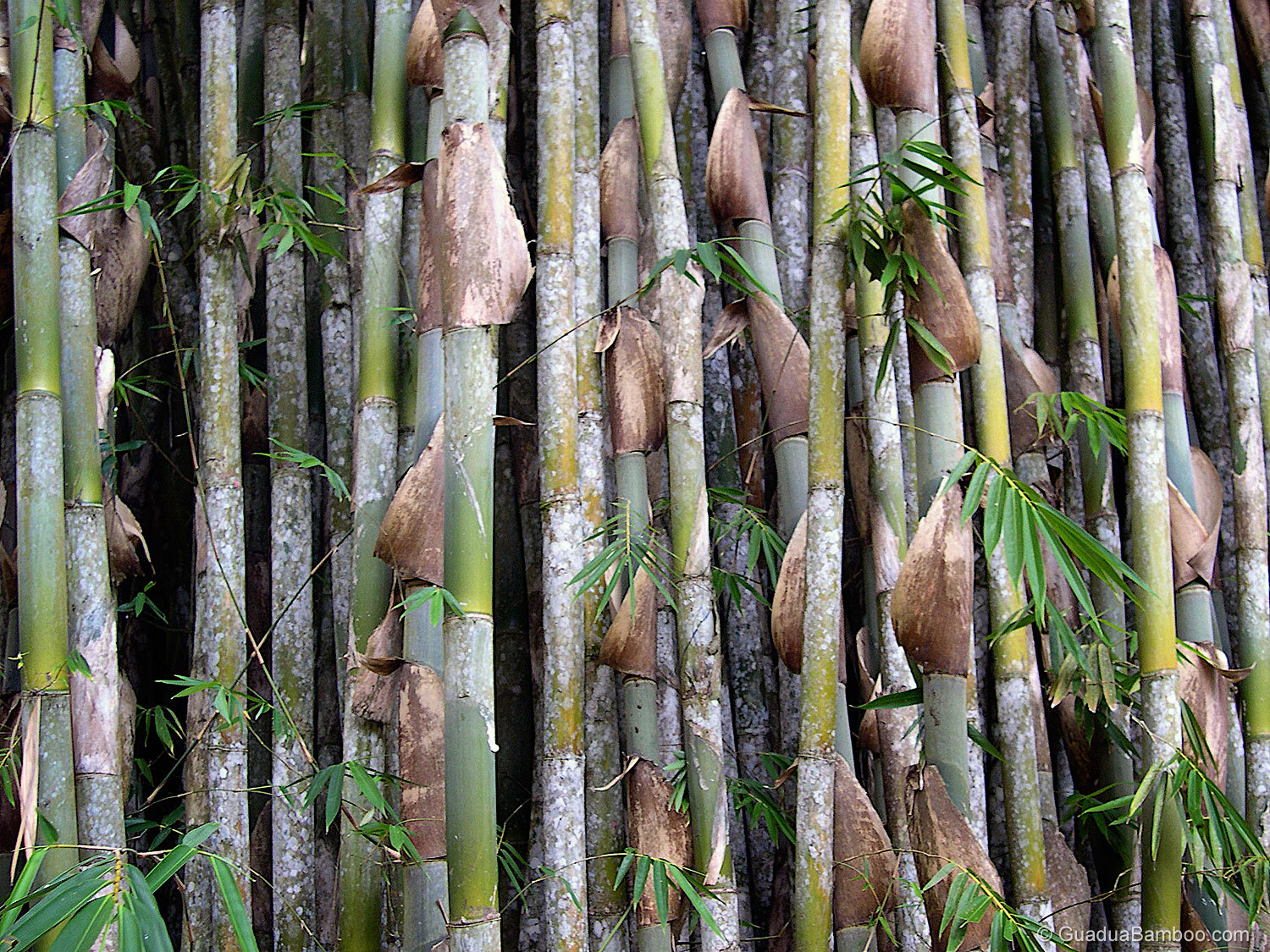









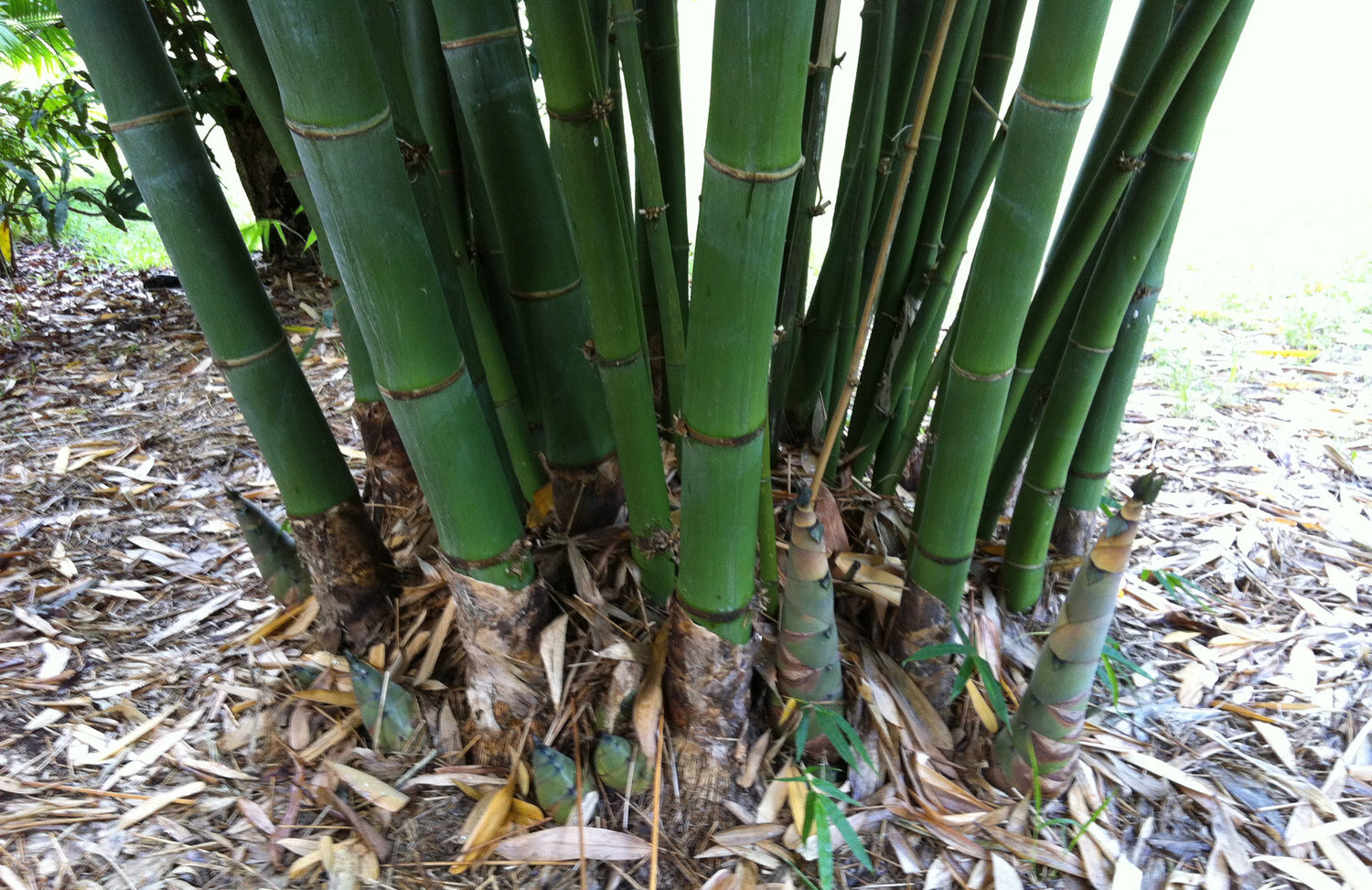




I am considering bamboo as a flooring material. Are some species better than others for bamboo flooring?